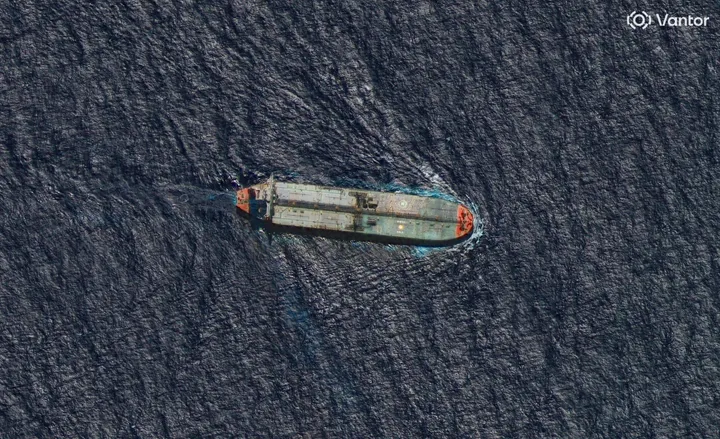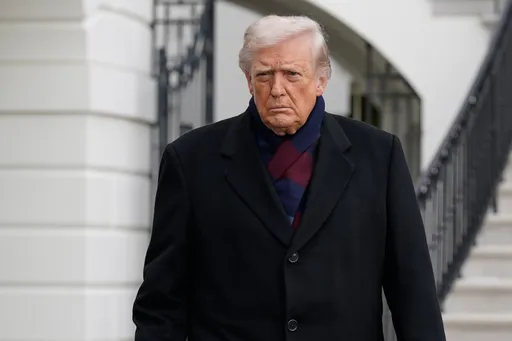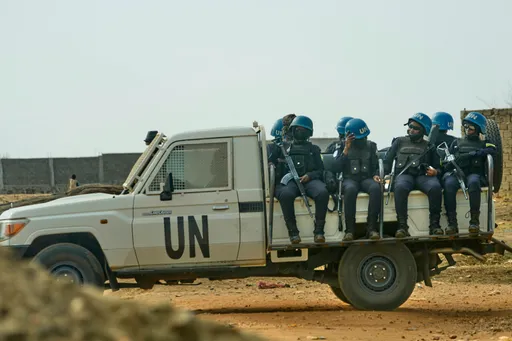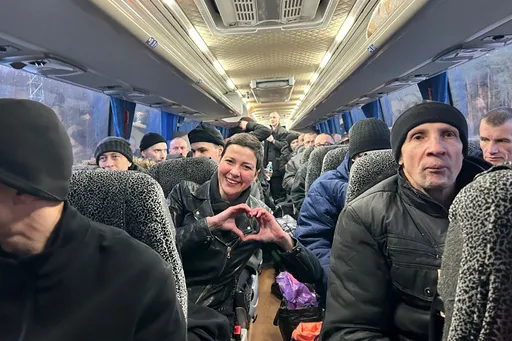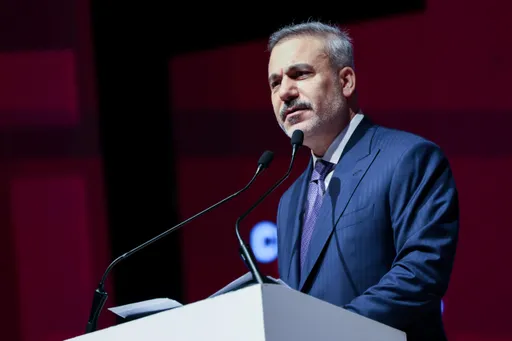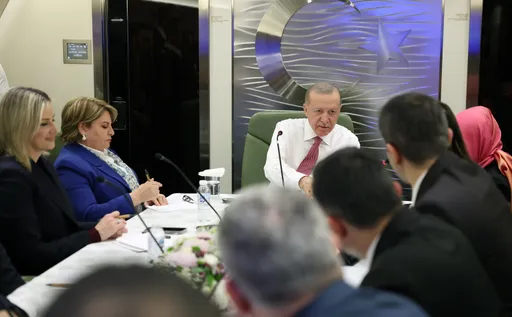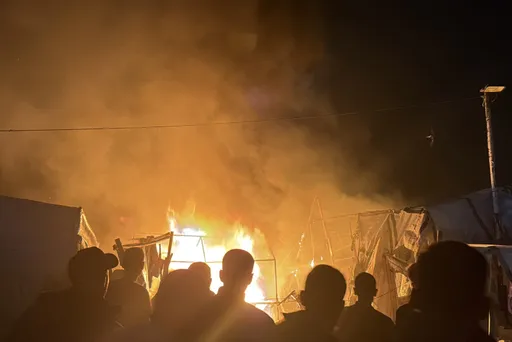A three-member multinational crew blasted off aboard a Russian Soyuz rocket from Kazakhstan on Thursday to the International Space Station, a NASA TV broadcast showed.
NASA astronaut Kathleen "Kate" Rubins, Russian cosmonaut Anatoly Ivanishin and Japanese astronaut Takuya Onishi lifted off from the Baikonur Cosmodrome at 0136 GMT on Thursday (9:36 pm EDT Wednesday) and reached orbit nine minutes later.
"We wish you good luck," a Russian flight controller radioed to the crew, an interpreter said.
The craft's journey to dock at the ISS will take two days -- longer than the usual six-hour flight -- to give ground control more time to monitor the tweaked system's performance.
The crew's Russian Soyuz capsule is scheduled to arrive at the station, which orbits about 250 miles (400 kilometres) above Earth, at 0412 GMT Saturday (12:12 a.m. EDT) to begin a four-month mission.
NASA's Kate Rubins will be the first woman aboard the ISS since Italian Samantha Cristoforetti returned to earth with the record for the longest single spaceflight by a woman (199 days) in June last year.
"I'm incredibly excited about a lot of the biology experiments we're going to be doing," Rubins said in a NASA interview before launch.
She is a cancer and infectious diseases researcher and plans to attempt the first DNA sequencing in orbit.
Onishi, 41, who trained as a pilot on Japan's largest commercial airliner, is the eleventh Japanese national to enter space. He will join NASA astronaut and station commander Jeff Williams and two Russian cosmonauts who have been aboard the orbital outpost since March.
Flight Engineer Anatoly Ivanishin has already logged over 165 days in space following his first mission at the ISS in 2011 and 2012 and has a background as a military pilot. Rubins and Onishi are both rookie astronauts.
Thursday's launch marked the debut flight of a next-generation Russian Soyuz capsule, currently the only vehicles capable of ferrying crewmembers to and from the station, a $100-billion project of 15 nations.
Features of the new Soyuz series include better shielding to protect the spacecraft from micrometeoroid and orbital debris impacts, additional batteries, improved communications and tracking equipment, new steering thrusters, larger solar arrays, an improved rendezvous and docking system and a GPS-equipped landing system.
NASA hopes to resume flying station crewmembers from the United States in 2018 aboard capsules under development by Boeing Co and privately owned Space Exploration Technologies, or SpaceX.
A docking system that the new commercial US spaceships will need to park at the station is scheduled to be launched aboard a SpaceX cargo ship on July 18.


